Home>Gardening & Outdoor>Home DIY & Maintenance>How To Organize A Memorabilia
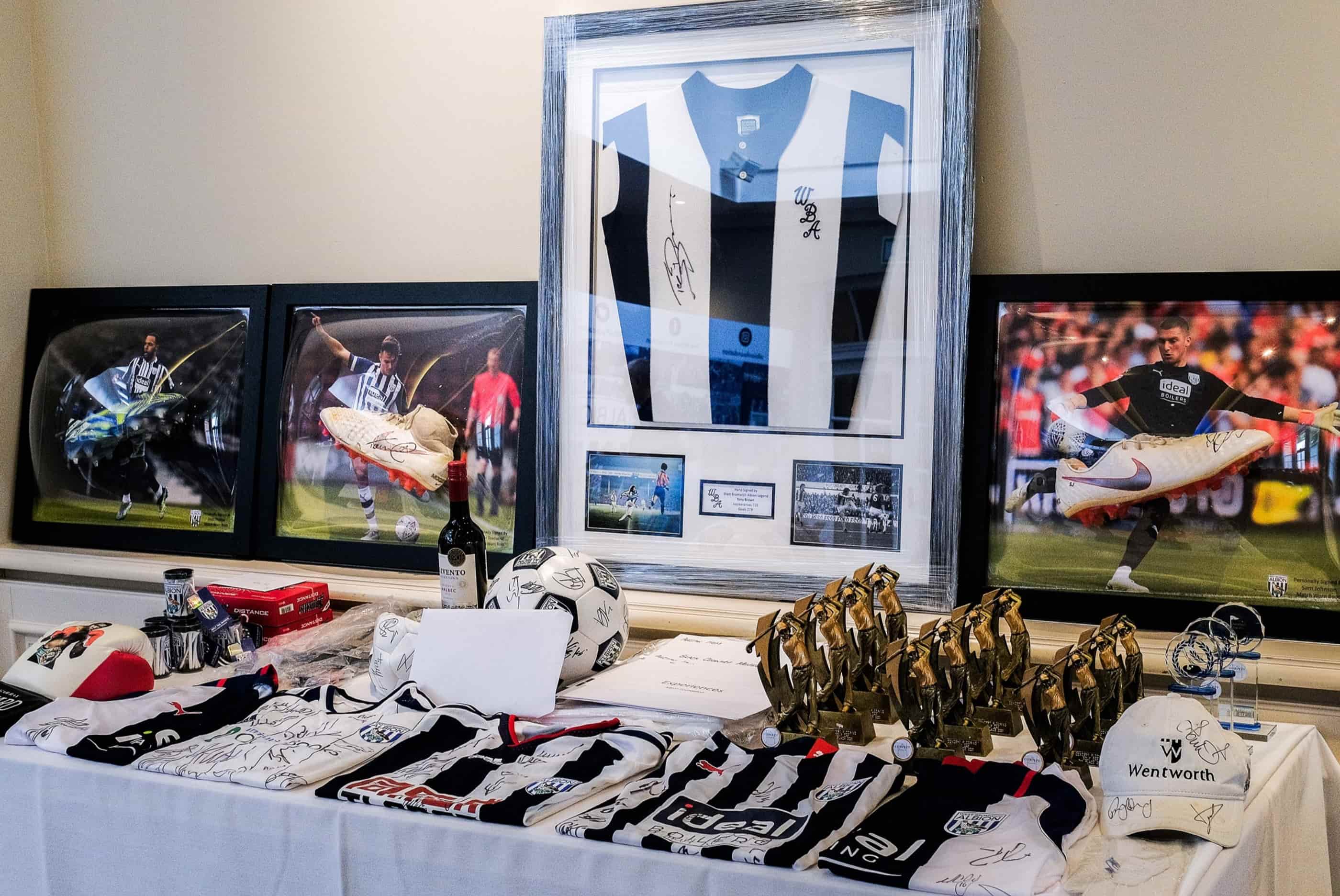

Home DIY & Maintenance
How To Organize A Memorabilia
Published: March 2, 2024
Learn how to effectively organize and display your memorabilia at home with our expert DIY and maintenance tips. Create a personalized and visually appealing space for your cherished items. Start organizing today!
(Many of the links in this article redirect to a specific reviewed product. Your purchase of these products through affiliate links helps to generate commission for Storables.com, at no extra cost. Learn more)
Introduction
Are you a collector of memorabilia items such as souvenirs, tickets, photographs, or other mementos that hold sentimental value? Organizing your memorabilia collection can be a rewarding and enjoyable task. Not only does it help you preserve cherished memories, but it also allows you to showcase your collection in an aesthetically pleasing manner. In this article, we will explore the step-by-step process of organizing your memorabilia to ensure that each item is properly preserved, categorized, and displayed. Whether you're a seasoned collector or just starting, these tips will help you create a well-organized and visually appealing memorabilia display in your home.
Key Takeaways:
- Preserve and showcase your memorabilia by sorting, categorizing, and choosing the right storage solutions. Involving family members and considering emotional significance adds a personal touch to your collection.
- Keep your memorabilia collection vibrant by thoughtfully displaying items, maintaining and updating regularly, and adapting to changing interests. Share stories and create meaningful connections through your cherished items.
Read more: How To Store Memorabilia
Assessing Your Memorabilia Collection
Before diving into the organization process, it's essential to assess your memorabilia collection. Start by gathering all your items in one place, whether it's a box, closet, or storage room. Take inventory of the different types of memorabilia you have, such as tickets, postcards, photographs, or other keepsakes. As you go through your collection, consider the sentimental value and significance of each item. Some items may hold more emotional weight than others, and it's important to recognize these distinctions as you plan the organization and display of your memorabilia.
Once you have a clear understanding of the scope of your collection, assess the condition of each item. Look for any signs of damage, such as fading, discoloration, or deterioration. It's crucial to identify any items that may require special preservation efforts to prevent further damage. Additionally, consider the storage requirements for different types of memorabilia, such as keeping photographs away from direct sunlight or protecting delicate items from dust and moisture.
Finally, take stock of any duplicates or items that no longer hold significant meaning for you. Assessing your memorabilia collection allows you to make informed decisions about which items to prioritize in your organization efforts and which ones may be suitable for gifting, donating, or repurposing. This initial assessment sets the stage for the next steps in organizing and preserving your memorabilia collection.
Sorting and Categorizing Your Memorabilia
-
Create a Sorting System: Begin by creating a sorting system for your memorabilia. You can use categories such as travel, special events, hobbies, or family milestones. This will help you group similar items together and make the organization process more manageable.
-
Sort by Theme or Time Period: If your collection spans different themes or time periods, consider sorting your memorabilia accordingly. For example, if you have items from various vacations, you can create separate categories for each destination or trip. Similarly, if you have memorabilia from different decades, sorting them by time period can create a cohesive display.
-
Utilize Containers and Labels: Use containers such as storage boxes, folders, or albums to keep your sorted memorabilia organized. Label each container clearly to indicate its contents, making it easier to locate specific items when you want to revisit your collection.
-
Digitize Where Possible: For items such as photographs, tickets, or documents, consider digitizing them to create a digital archive. This not only helps preserve the original items but also provides a convenient way to access and share your memorabilia.
-
Consider Emotional Significance: As you sort through your memorabilia, consider the emotional significance of each item. Some items may hold more sentimental value than others, and you may want to give them special attention in your organization and display.
-
Involve Family Members: If your memorabilia collection includes items related to family history or shared experiences, consider involving family members in the sorting process. This can be a meaningful way to reminisce and preserve memories together.
By sorting and categorizing your memorabilia, you can create a well-organized system that reflects the significance and diversity of your collection. This process sets the stage for the next steps in choosing the right storage solutions and displaying your memorabilia.
Use clear storage containers to organize your memorabilia by category (e.g. photos, tickets, souvenirs). Label each container for easy access.
Choosing the Right Storage Solutions
When it comes to preserving and organizing your memorabilia, choosing the right storage solutions is crucial. Here are some key considerations to keep in mind:
-
Preservation Materials: Select storage materials that are archival quality and acid-free to prevent damage to your memorabilia. Acid-free boxes, folders, and sleeves are ideal for storing items such as photographs, paper documents, and tickets.
-
Climate Control: Consider the environmental conditions in which your memorabilia will be stored. If possible, choose storage solutions that offer climate control features to regulate temperature and humidity, which can help prevent deterioration and mold growth.
-
Protection from Light: Many types of memorabilia, especially photographs and documents, are sensitive to light exposure. Choose storage options that offer protection from UV rays, such as UV-filtering sleeves or boxes, to prevent fading and discoloration.
-
Customized Containers: Depending on the nature of your memorabilia, you may need specialized containers for storage. For example, if you have delicate textiles or clothing items, consider using acid-free tissue paper and textile storage boxes to ensure their preservation.
-
Modular and Expandable Systems: Opt for storage solutions that offer modular and expandable features, allowing you to customize the layout as your collection grows. This flexibility ensures that your storage system can adapt to the changing needs of your memorabilia collection.
-
Accessibility and Organization: Choose storage solutions that prioritize accessibility and organization. Clear, stackable containers, labeled folders, and archival-quality albums can make it easier to locate and enjoy your memorabilia while keeping them well-organized.
By carefully selecting the right storage solutions for your memorabilia, you can ensure that each item is preserved and protected for years to come. These considerations will help you create a storage system that not only safeguards your collection but also allows for easy access and enjoyment.
Displaying Your Memorabilia
Displaying your memorabilia is an opportunity to showcase your collection in a visually appealing and meaningful way. Whether you choose to create a dedicated display area or incorporate your memorabilia into existing decor, here are some tips for effectively displaying your cherished items:
-
Create a Theme-Based Display: Consider organizing your memorabilia display around specific themes or narratives. For example, if you have a collection of travel memorabilia, you can create a display for each destination, complete with photographs, tickets, and souvenirs from that location. This thematic approach adds coherence and storytelling to your display.
-
Utilize Shadow Boxes and Display Cases: Shadow boxes and display cases are excellent options for showcasing individual items or small groupings of memorabilia. These enclosed displays offer protection from dust and damage while allowing you to admire your items up close. Consider arranging items within the shadow boxes creatively, using varying heights and depths to add visual interest.
-
Incorporate Memorabilia into Wall Art: Transform your memorabilia into unique pieces of wall art by creating collages or framed displays. For example, you can arrange a collection of postcards, tickets, and photographs within a multi-opening frame to create a personalized gallery wall. This approach turns your memorabilia into eye-catching decor that tells a story.
-
Use Floating Shelves and Ledges: Floating shelves and picture ledges provide versatile options for displaying memorabilia. Arrange items such as small mementos, figurines, or framed photographs on the shelves, creating visually dynamic displays. You can easily update and rearrange the items to keep the display fresh and engaging.
-
Incorporate Memorabilia into Functional Decor: Integrate your memorabilia into functional decor elements, such as using vintage suitcases as storage and display units, or repurposing old frames to showcase ticket stubs and postcards. This approach adds a touch of nostalgia and personality to your living space while serving a practical purpose.
-
Create a Rotating Display: If you have a large collection of memorabilia, consider creating a rotating display to showcase different items at different times. This approach allows you to periodically refresh the display, preventing visual clutter and ensuring that each item receives its moment in the spotlight.
By thoughtfully displaying your memorabilia, you can transform your collection into a captivating and personalized showcase that adds character and meaning to your home decor. Whether you opt for thematic displays, creative wall art, or functional decor integration, the key is to celebrate the stories and memories behind each item.
Read more: How To Organize A Notebook
Maintaining and Updating Your Collection
Maintaining and updating your memorabilia collection is an ongoing process that ensures the longevity and relevance of your cherished items. Here are essential steps to consider:
-
Regular Inspection and Cleaning: Schedule regular inspections of your collection to check for any signs of deterioration or damage. Dust and clean display areas, storage containers, and individual items as needed to prevent dirt buildup and preserve their condition.
-
Documentation and Cataloging: Keep a detailed inventory or catalog of your memorabilia collection, including descriptions, dates, and any relevant stories or memories associated with each item. This documentation not only helps you track your collection but also adds depth and context to the items.
-
Updating with New Additions: As you acquire new memorabilia items, integrate them into your existing collection with thoughtful consideration. Determine the appropriate sorting and storage for new additions, and update your display to incorporate these items seamlessly.
-
Revisiting and Reorganizing: Periodically revisit your collection to reassess its organization and display. You may discover new ways to group items, create thematic displays, or incorporate new decor elements that enhance the overall presentation of your memorabilia.
-
Preservation Maintenance: For items that require specific preservation efforts, such as photographs, documents, or textiles, periodically review and update their storage and protection measures. This may include transferring items to new archival-quality materials or adjusting environmental conditions as needed.
-
Sharing and Storytelling: Use your memorabilia collection as a means of sharing stories and memories with family and friends. Take the opportunity to revisit the significance of specific items, share the stories behind them, and create meaningful connections through the shared experiences they represent.
-
Adapting to Changing Interests: As your interests and experiences evolve, consider how your memorabilia collection reflects these changes. You may find that certain items no longer hold the same significance, while new experiences lead to the acquisition of different types of memorabilia. Adapt your collection to align with your evolving interests and life experiences.
By actively maintaining and updating your memorabilia collection, you ensure that it remains a vibrant and meaningful part of your home. This ongoing process allows you to preserve cherished memories, celebrate milestones, and create a dynamic display that evolves alongside your life's journey.
Frequently Asked Questions about How To Organize A Memorabilia
Was this page helpful?
At Storables.com, we guarantee accurate and reliable information. Our content, validated by Expert Board Contributors, is crafted following stringent Editorial Policies. We're committed to providing you with well-researched, expert-backed insights for all your informational needs.
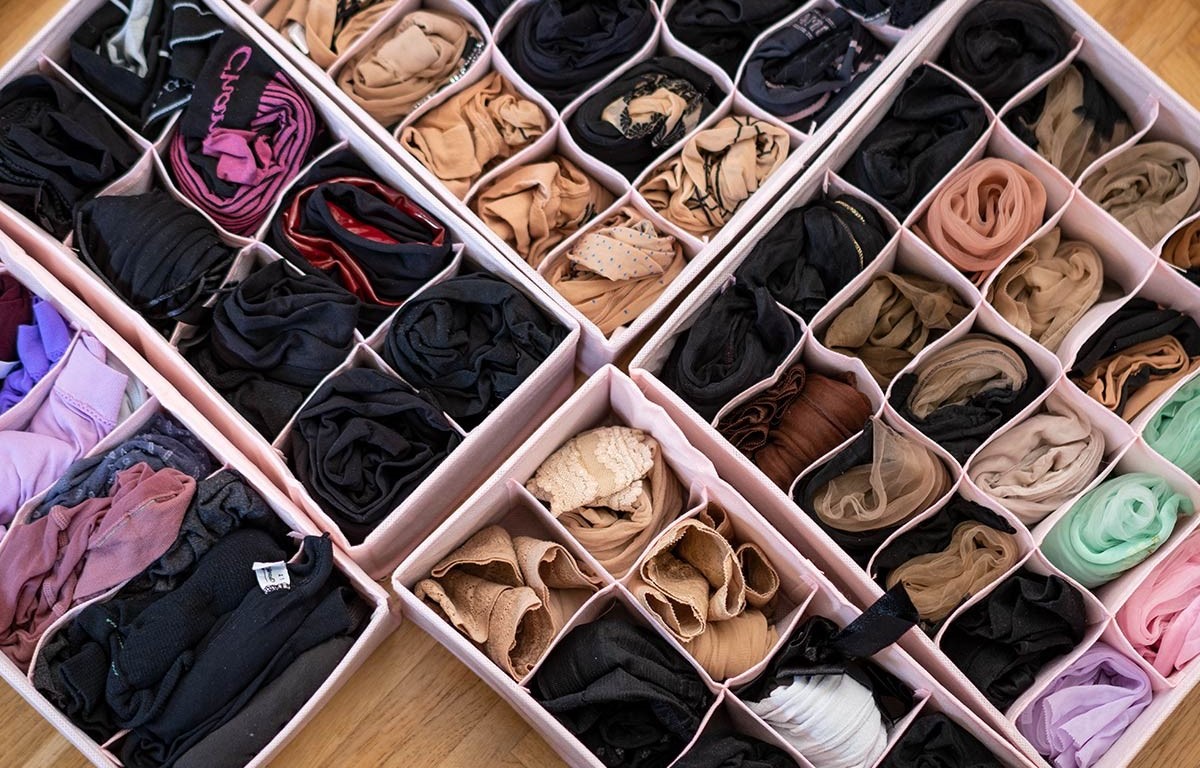
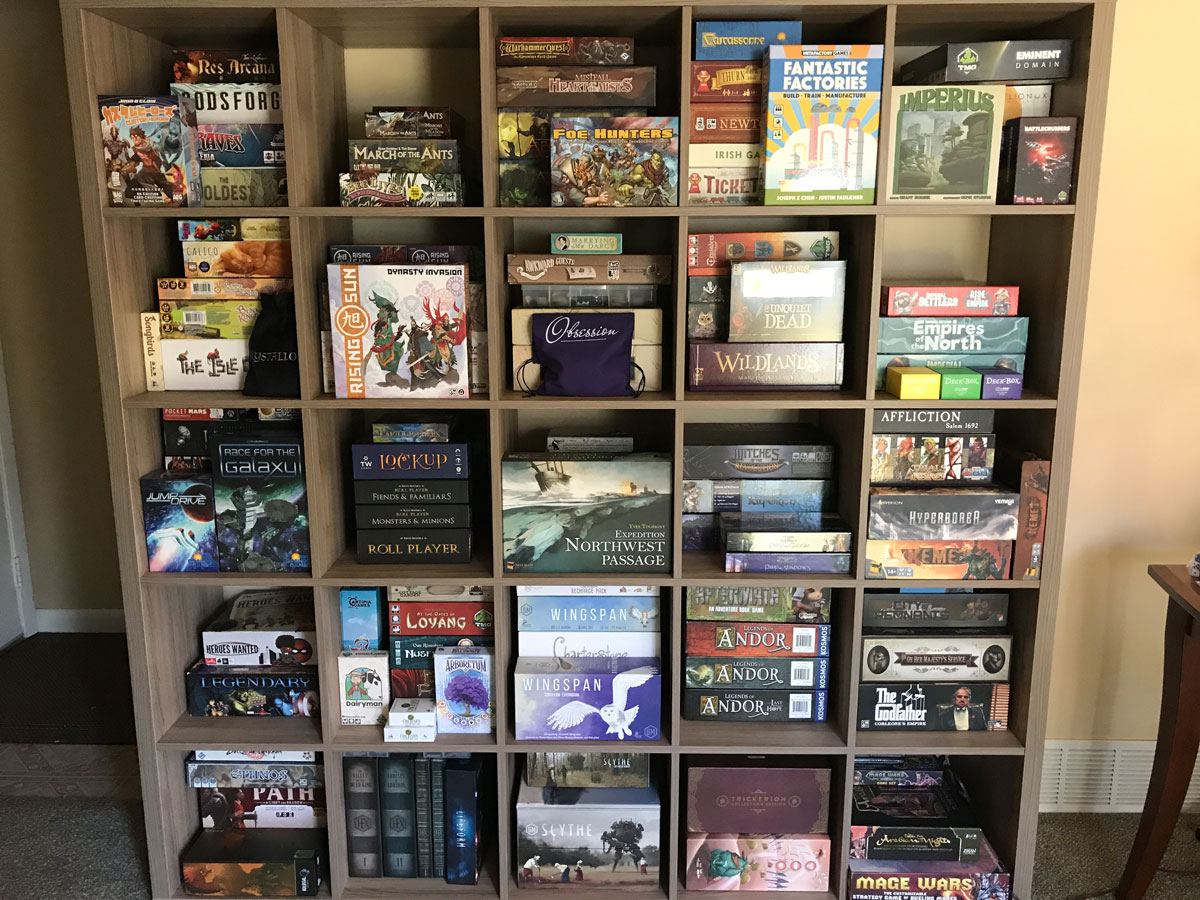
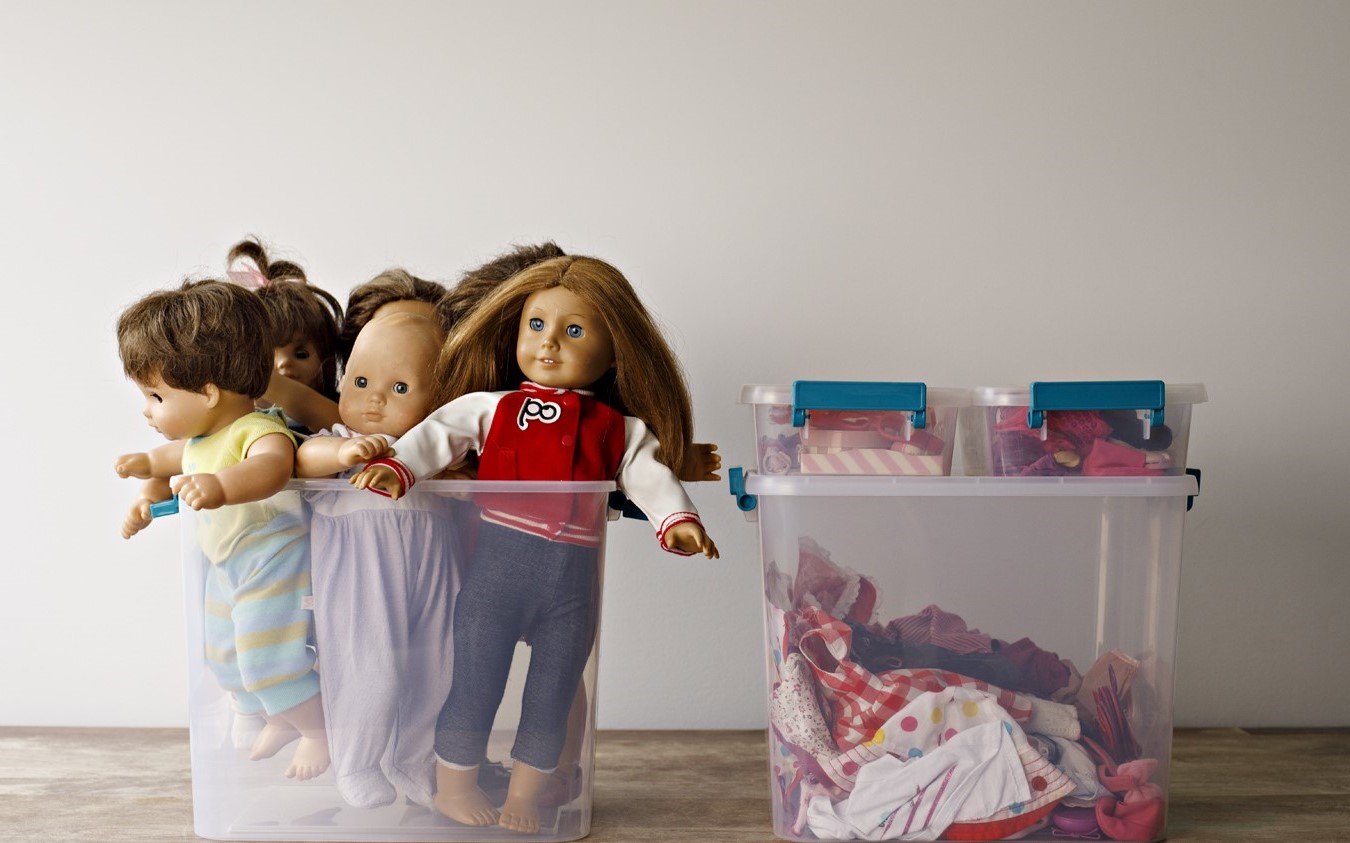
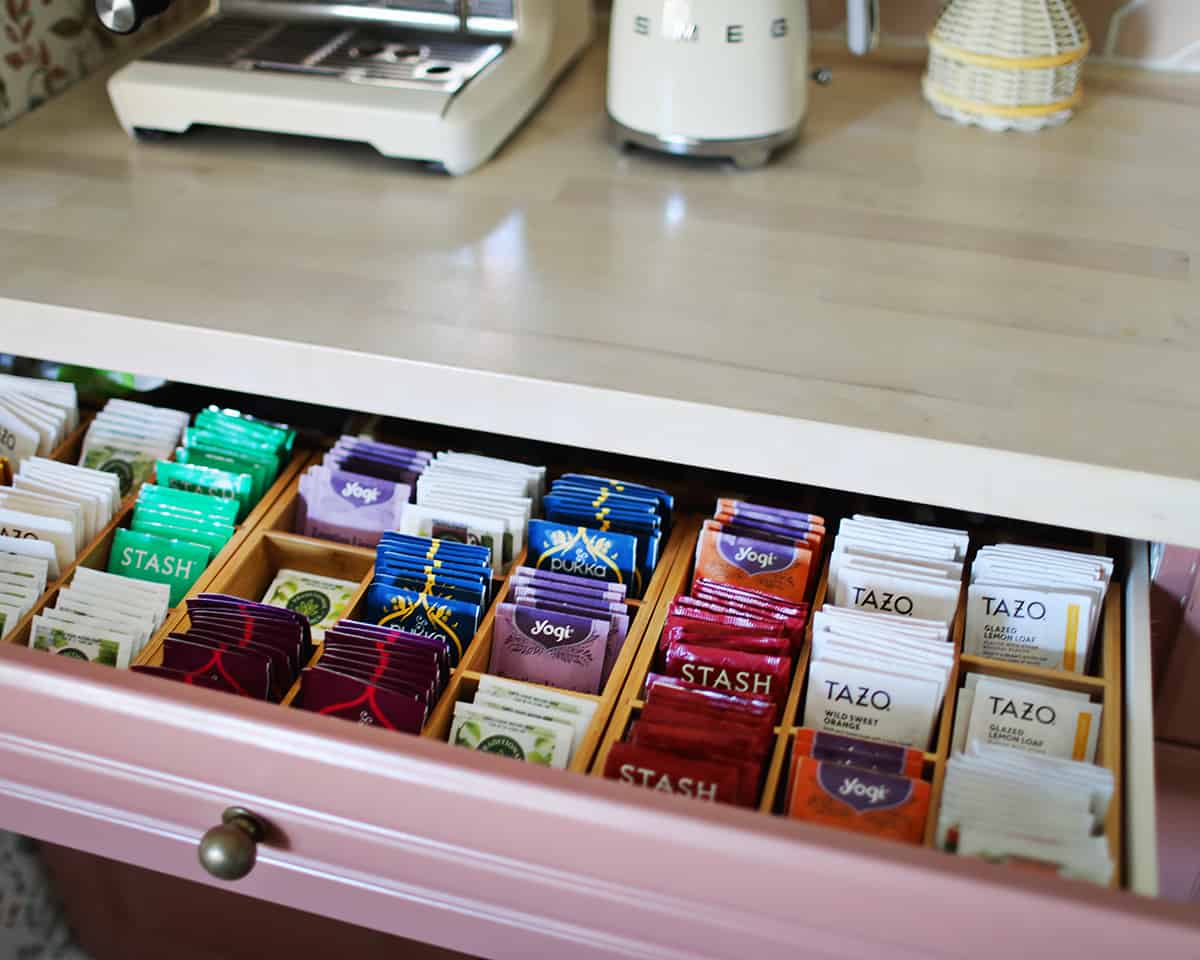

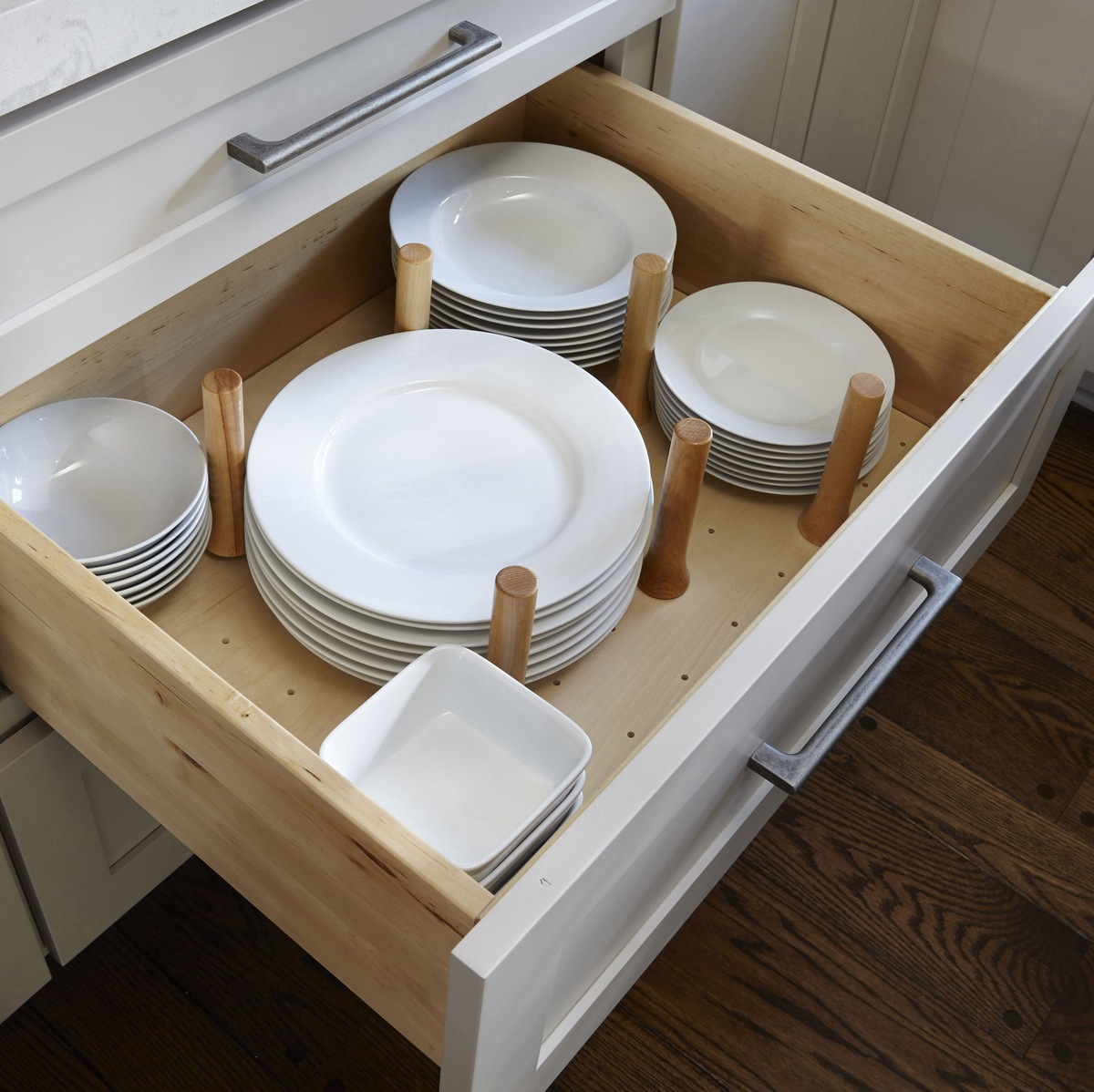
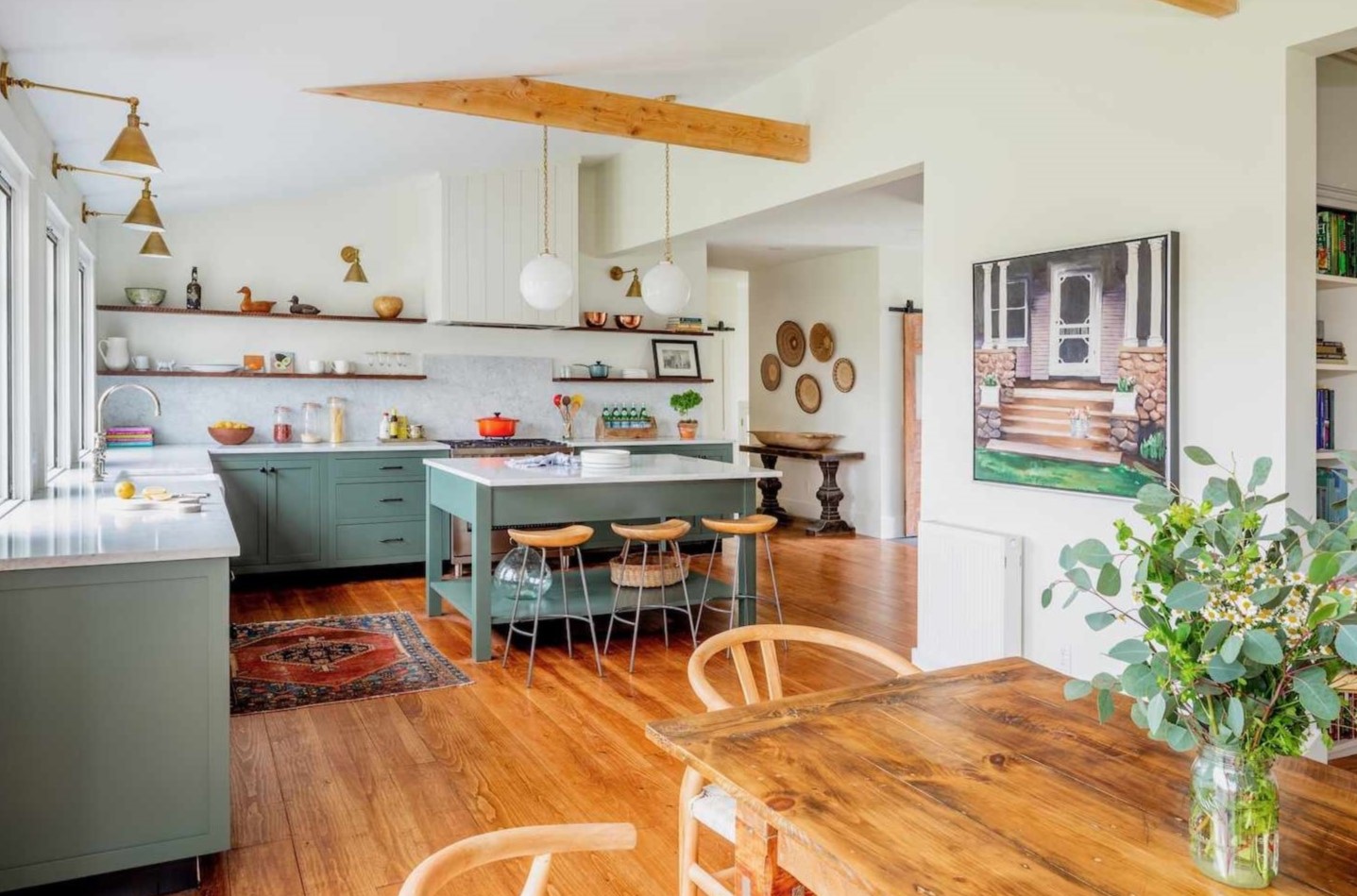
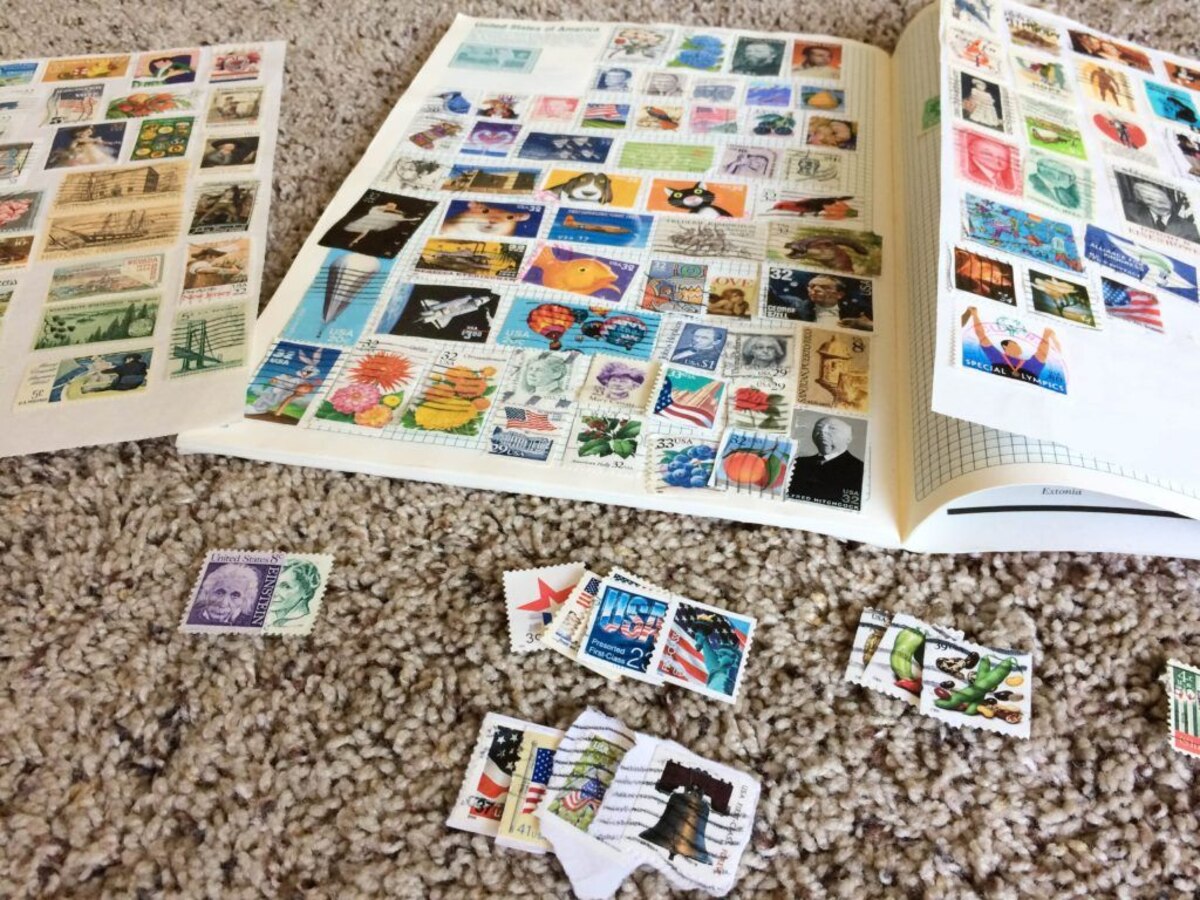
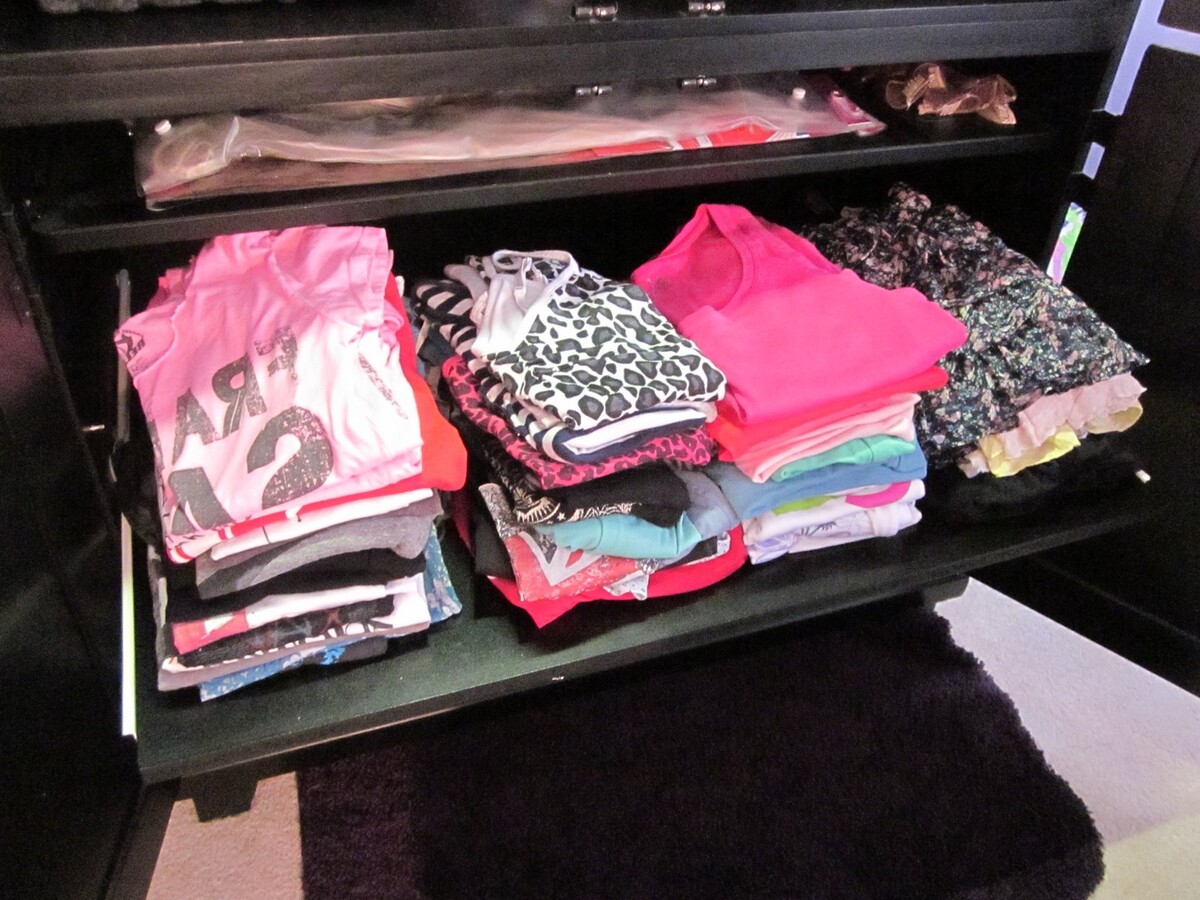
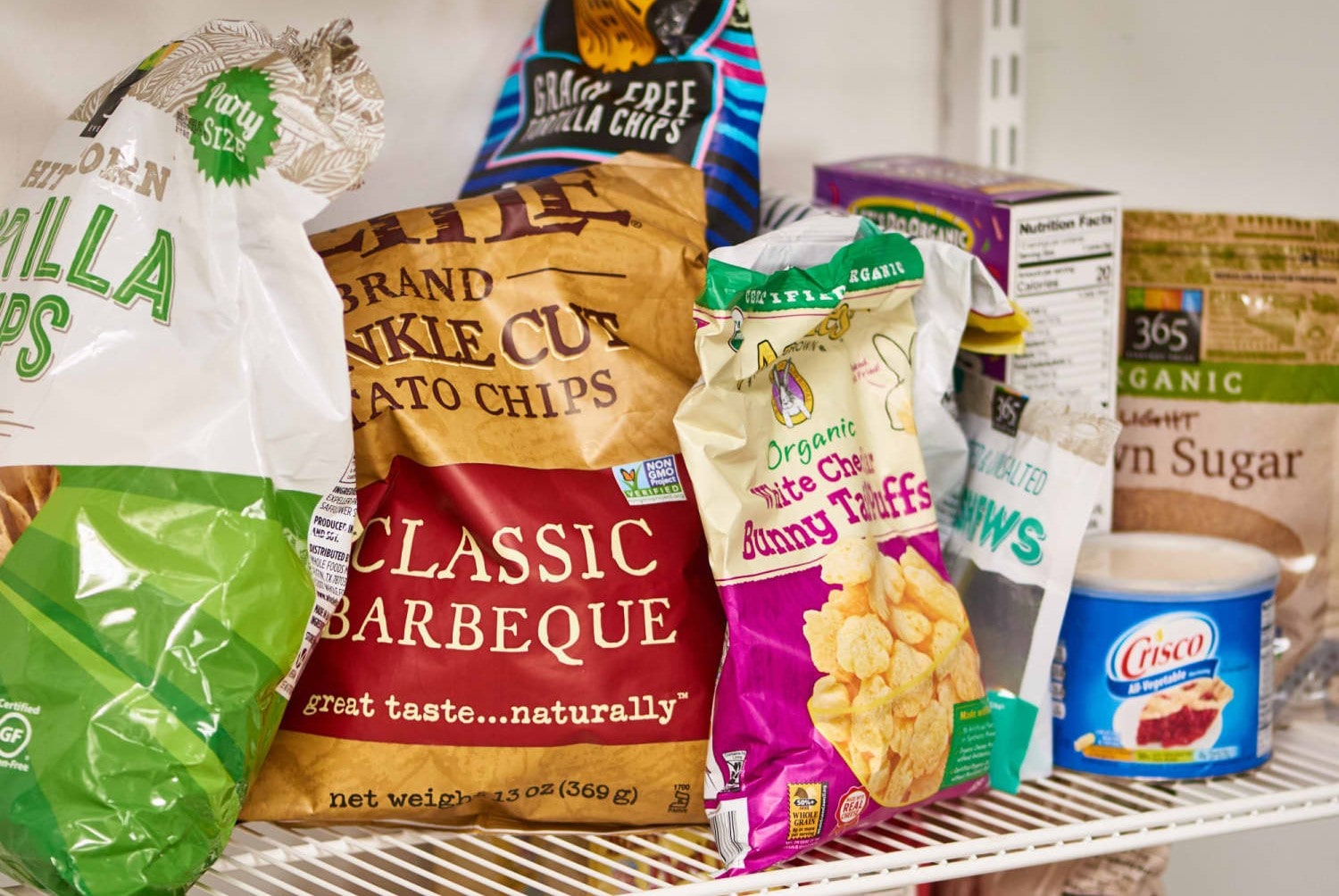
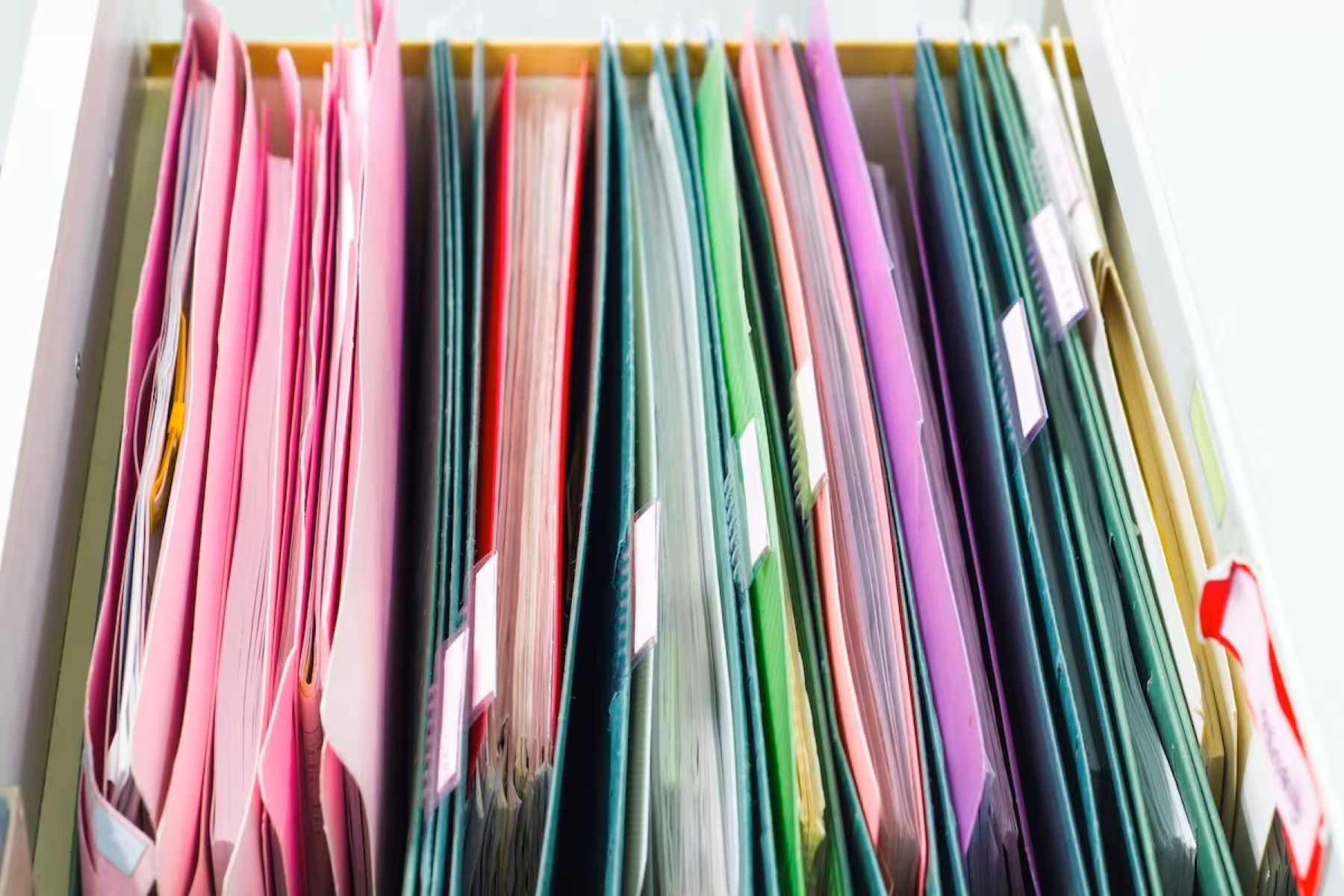
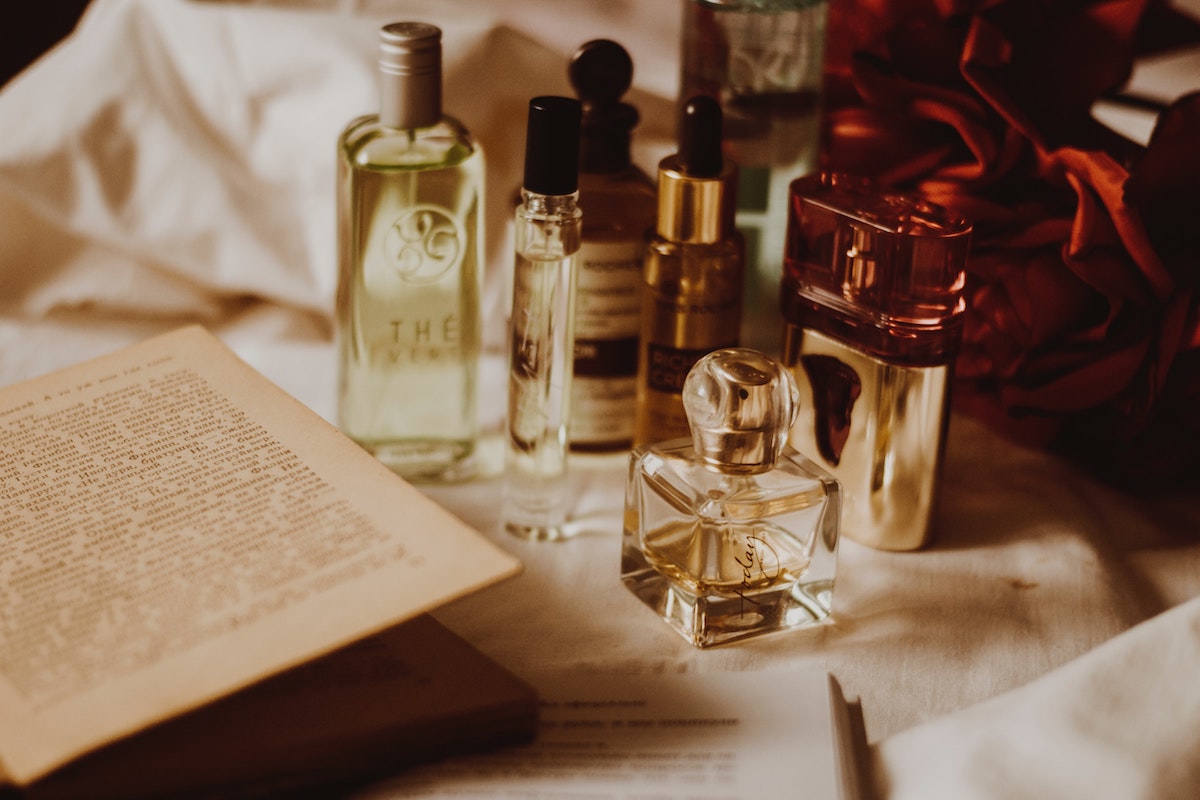
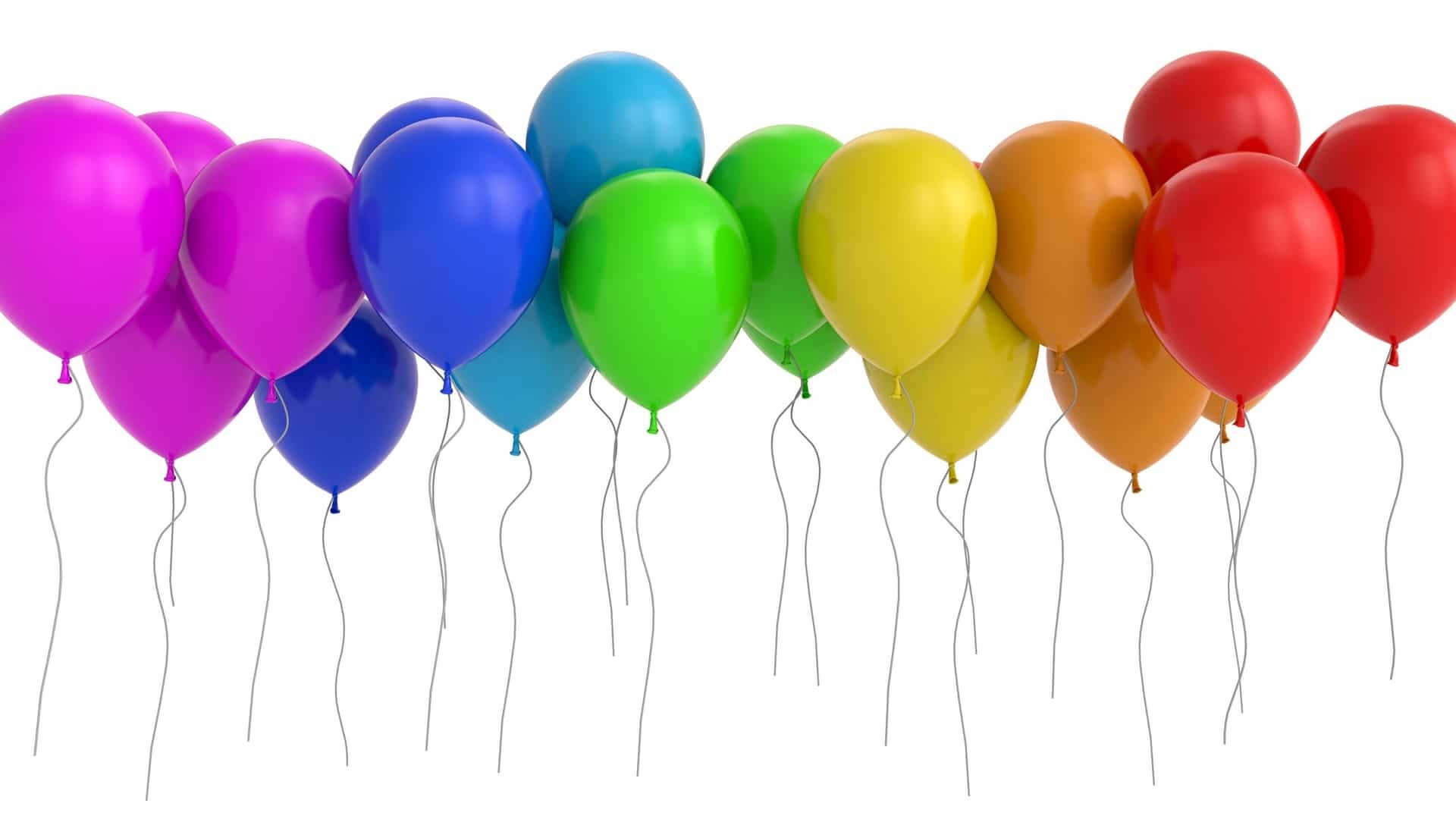
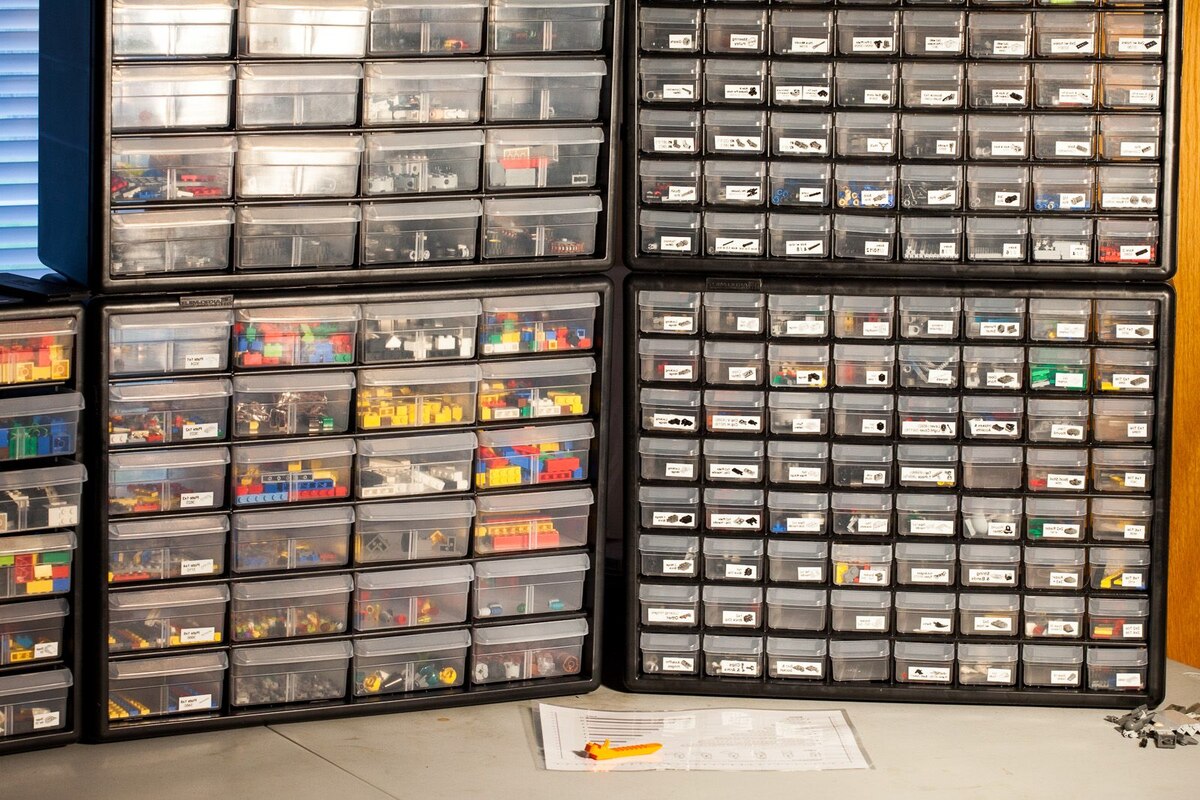

0 thoughts on “How To Organize A Memorabilia”